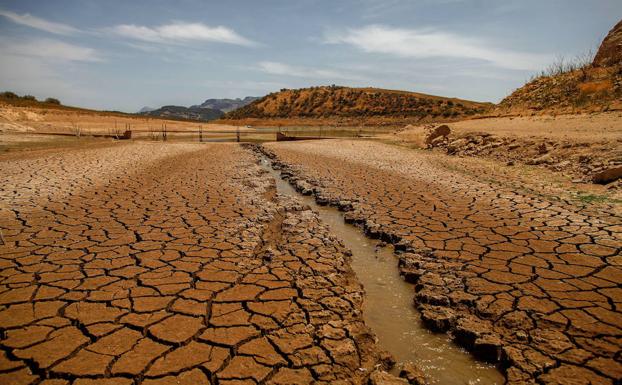
LAHORE: A report released by World Bank said the south-western region of Pakistan has experienced the highest temperature increases with annual average temperatures rising by 1.0°C to 3.0°C from 1950 to 2010.
The report entitled “South Asia’s Hotspots: The Impact of Temperature and Precipitation Changes on Living Standards” stated changes in average weather are projected to have overall negative impacts on living standards in Pakistan, Bangladesh, India, and Sri Lanka.
The report added “for most countries, changes in average weather will also reduce the growth of their gross domestic product (GDP) per capita, compared to what it would be under present climate conditions. The GDP losses are greater for severe hotspot regions.”
The WB report warned overall inland areas will be more severely affected than those near the coast. In Pakistan and India, water-stressed areas will be more adversely affected compared with the national average.
In Pakistan, Sindh emerges as the most vulnerable hotspot, followed by Punjab, said the report.
“Sindh has the second-largest economy in the country. Its GDP per capita is 35 percent above the national average and contributes around 30 percent of Pakistan’s GDP.
The province’s highly diversified economy ranges from heavy industry and finance in and around Karachi to a substantial agricultural base along the Indus River,” said World Bank.
Punjab, which is the most densely populated province, is also second-most vulnerable. Punjab has the largest economy in Pakistan (contributing 53.3 percent of Pakistan’s GDP), and overall has the lowest rate of poverty of all the provinces.
Also, the report said the prosperity is unevenly distributed throughout the province, with the northern portion being relatively well-off economically and the southern portion among the most impoverished in the country.
Long-term climate vulnerability has implications for both growth and poverty reduction for Punjab, stated the report.
The report stated Hyderabad in Sindh province emerges as the top hotspot followed by the districts of Mirpur Khas and Sukkur. Some of the densely populated cities in Punjab, including Lahore, Multan, and Faisalabad, emerge among the top 10 hotspot districts.
And changes in average weather are predicted to reduce living standards in Pakistan, India and Sri Lanka, relative to what they would have been with the same climate as today.
By 2050, under the carbon-intensive scenario, the decline is projected to be 2.9 percent for Pakistan, said the report.





















